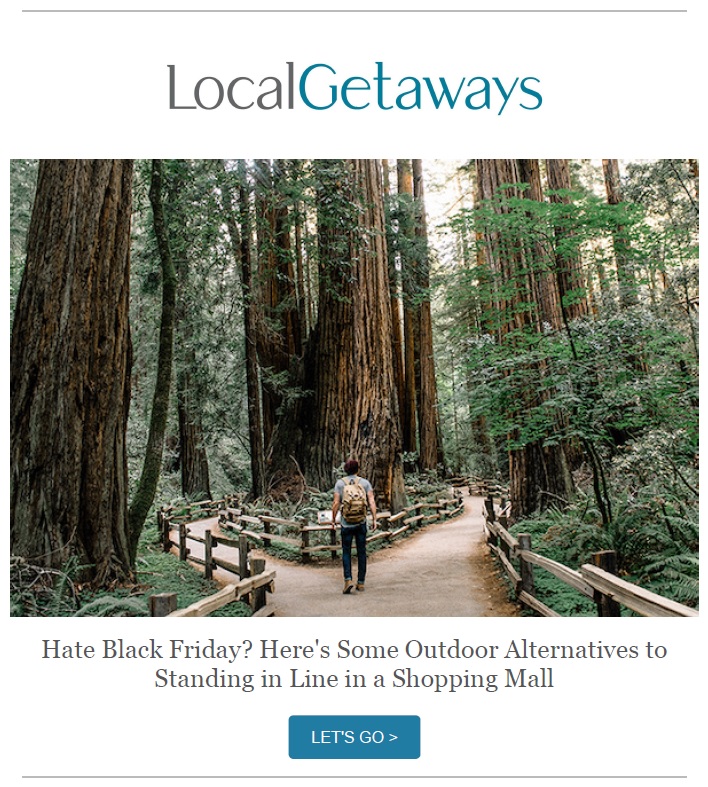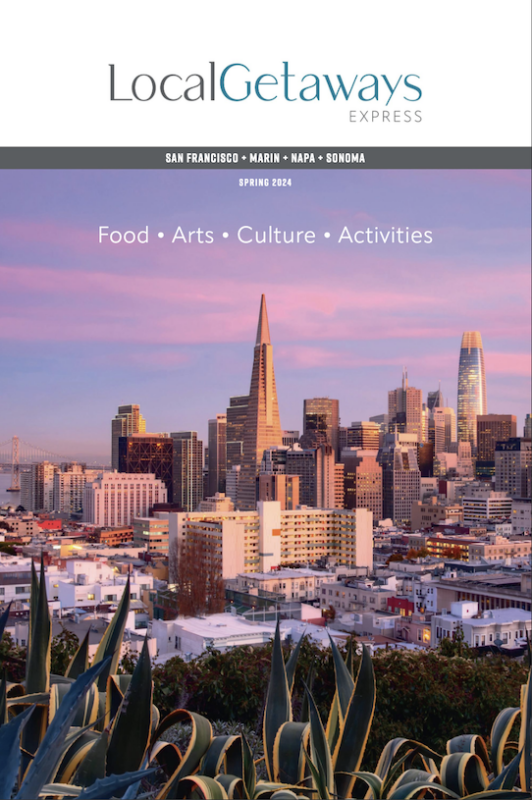Partner content
Planning a trip to Kauai means more than booking your flight, rental car and lodgings as early as possible for the best selection; you may have heard it helps to make reservations for at least a few restaurants, too. Yet it’s just as important to decide in advance which of the Garden Island’s wahi pana (special places) you’d like to visit and how you plan to see them.
In some cases you’ll need to reserve an entry permit or book an excursion before you arrive. In every case, you’ll want to pack the right clothes and supplies — and a pono (loosely translated as “right”) attitude, too. Among many other definitions of pono when used as an adjective: moral, fitting, just, virtuous, fair, beneficial, successful in perfect order, accurate, correct. Used as a noun, it can signal prosperity, duty, excellence, and proper procedure.
Feature Photo: Nāpali courtesy of Max Seigal
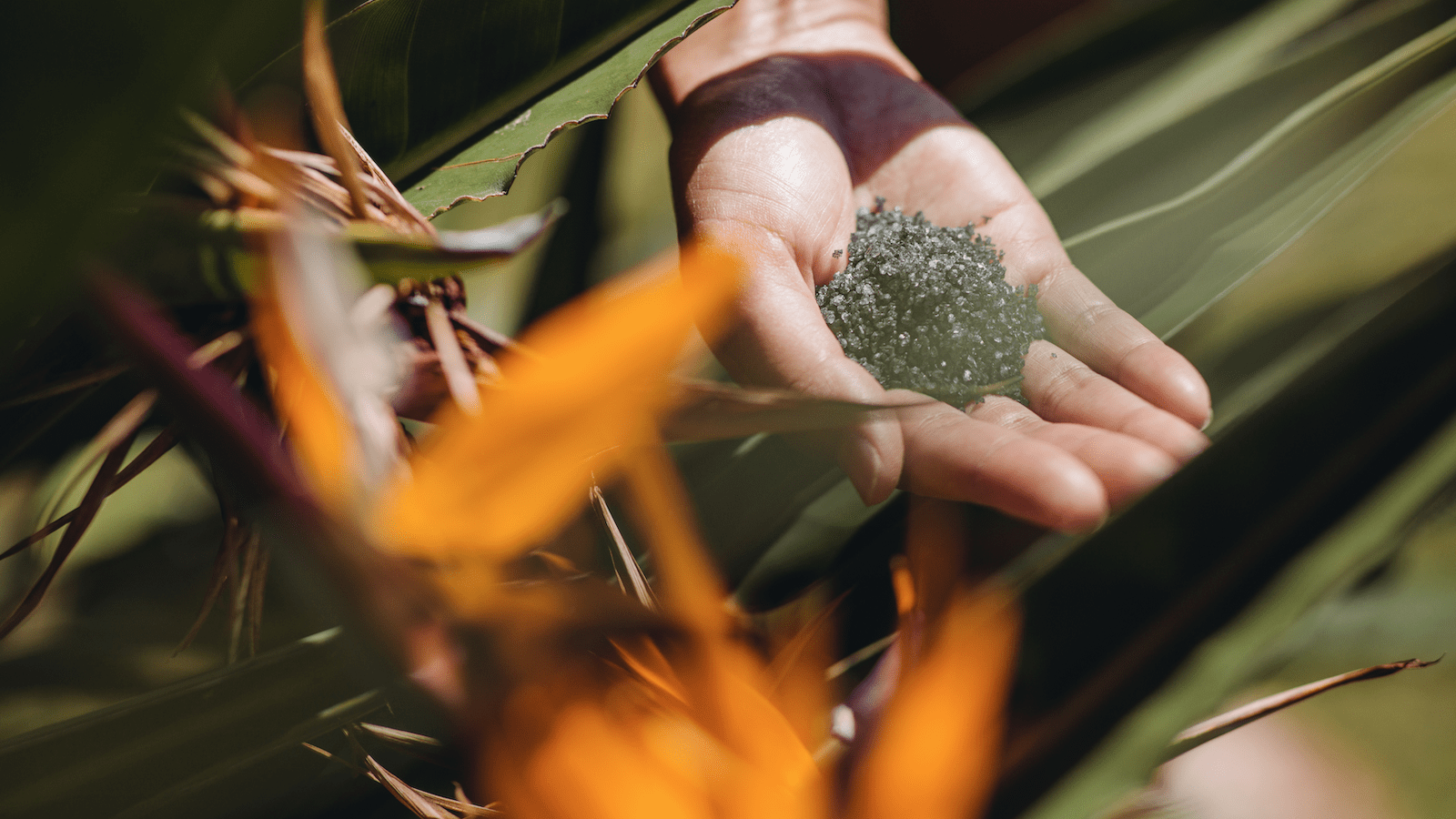
That means understanding your kuleana (responsibility) as a traveler to malama (care for) the island’s unique environment and culture, which for Native Hawaiians are deeply entwined. “Our culture and the land are one and the same,” notes Kainoa Daines, director of culture and product for the Hawaii Visitors and Convention Bureau. “Without the land, there is no culture.” As a Hawaiian proverb puts it, “The land is the chief, man its servant.”
Holo Holo Charters, one of Kauai’s premier boat companies offering snorkel and sunset tours along the spectacular Napali Coast, compiled a list of specific ways travelers can show respect for Kauai’s land, ocean and people in its Holo Holo Pono Pledge. These include using only reef-safe sunscreen, picking up trash, shopping local, recognizing the need to be flexible and avoiding putting oneself in jeopardy “in search of the ultimate selfie.”
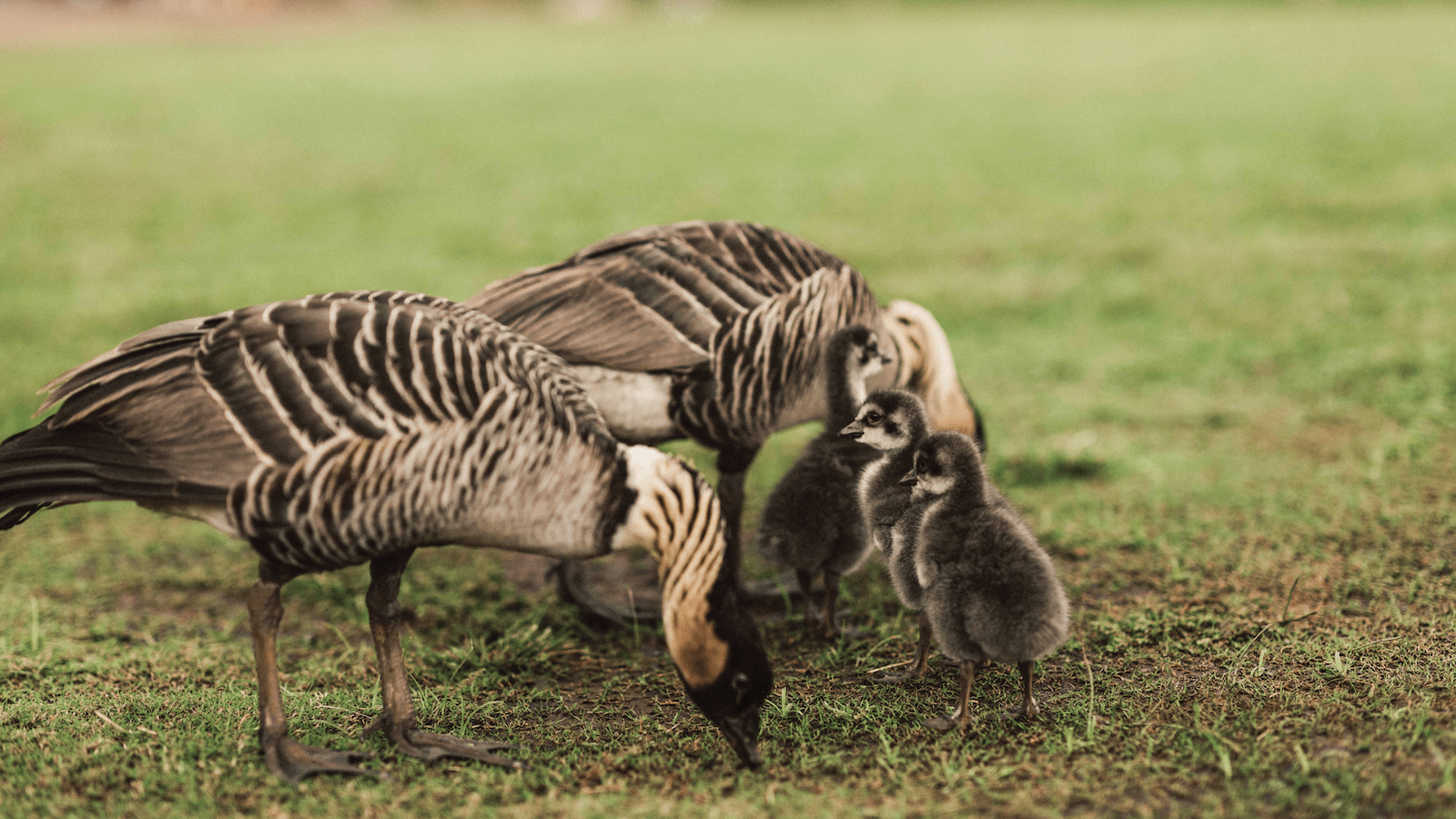
In its own list of ways to malama cultural and natural resources, the state’s Department of Land and Natural Resources reminds people to “malama yourself and your family” by being aware of inaccurate and misleading information on social media. “Please fact-check information before proceeding into areas where you may place yourself or rescue providers at risk,” the agency notes.
Similarly, when you see signs that say “Do not go beyond this point,” as at the overlook for Wailua Falls, realize they are there for good reason. Respecting these and other warning signs shows consideration for your own safety as well as for the people who placed them there.The Hawaii Visitors and Convention Bureau created the Malama Hawaii program to encourage voluntourism around the islands through special discounts and unique opportunities for travelers to give back. Malama Hawaii incentives on Kauai have included free nights at the Grand Hyatt Kauai Resort, Koa Kea Hotel & Resort, the Sheraton Coconut Beach Resort, Hilton Garden Inn Kauai Wailua Bay and Sheraton Kauai Resort in return for self-directed or guided beach cleanups, depending on the property.
Visitors can also help malama Kauai by participating in activities like the frequent beach cleanups, including net removal, organized around the island by the Kauai chapter of the Surfrider Foundation. The Friends of Kamalani and Lydgate Park host a cleanup every Saturday of the popular East Side beach park and playground. On the South Shore, the National Tropical Botanical Garden. The National Tropical Botanical Garden (NTBG) welcomes volunteers to help care for native and other tropical plants in its McBryde Garden on the South Shore and to contribute to conservation efforts at NTBG’s beautiful and historic Limahuli Garden & Preserve on the North Shore; email Amanda Beisch at volunteer@ntbg.org to find out what days and times are available, since spots are limited.
North Shore
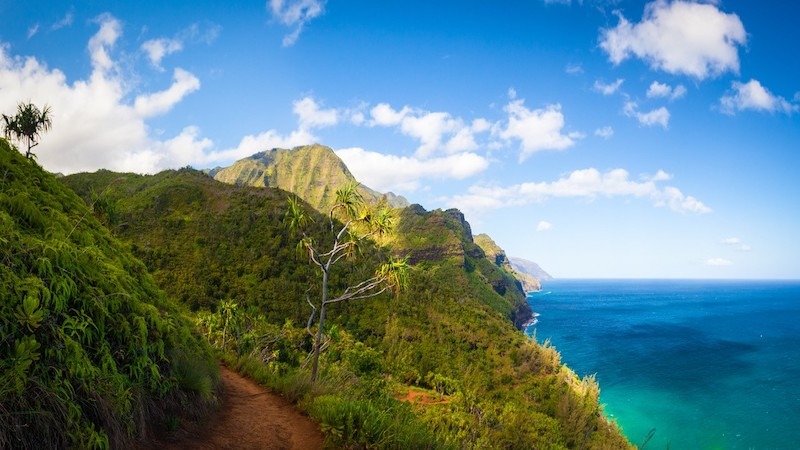
Kalalau Trail: You do not need a camping permit to hike the first 2 miles of this exceptionally rugged 11-mile trail along the Napali Coast, but if you are heading past Hanakapiai Valley, you’ll need an overnight camping permit, available only 30 days in advance. They typically sell out very quickly. To access the trailhead in Haena State Park, nonresidents also need to reserve a $5 entry permit and $10 parking permit, or a $35 round-trip shuttle pass that includes entry, through gohaena.com. Those also go on sale 30 days in advance and should be booked immediately.
Although the first 2 miles are slightly less challenging, you should still wear sturdy soled shoes, a hat and sunglasses, and bring plenty of water. Remember that there is no cell phone service and Hanakapiai Beach is unsafe for swimming, especially in winter.
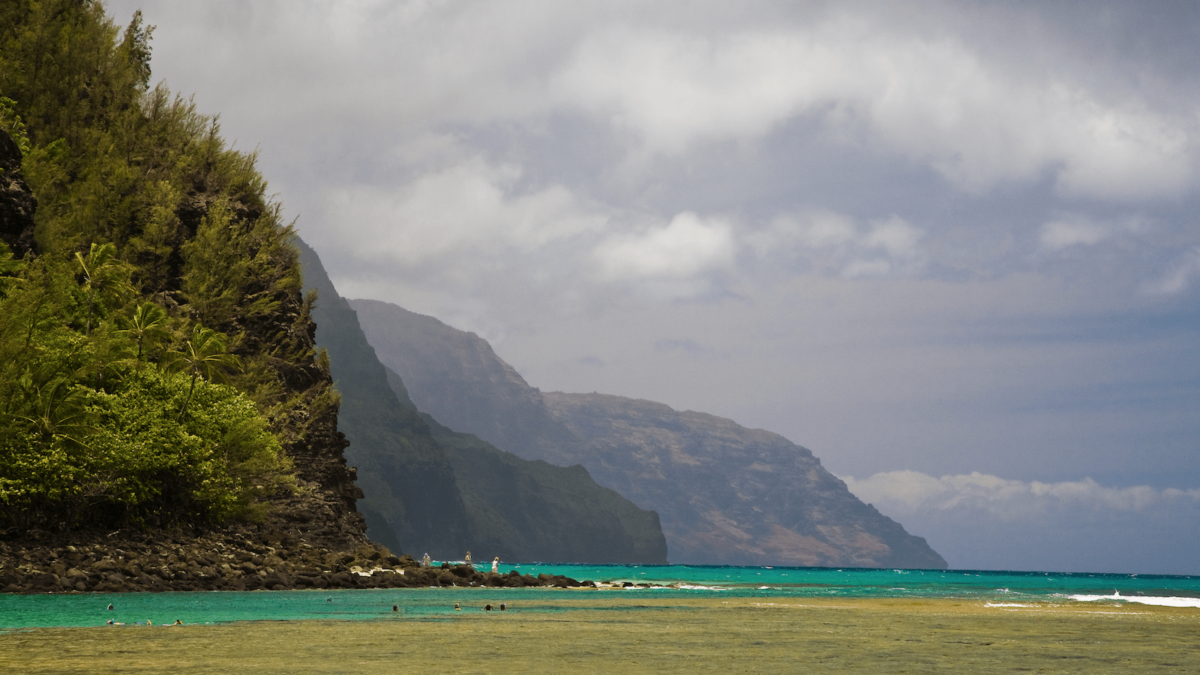
Kee Beach: This breathtaking beach is part of Haena State Park, which requires nonresidents to purchase a $5 entry permit and $10 parking permit, or a $35 round-trip shuttle pass that includes entry, through gohaena.com. The permits and passes are available 30 days in advance and go very fast; book as soon as you know your travel dates.
Parking used to be at the end of the road (Kuhio Highway), but is now about a 10-minute picturesque walk from the beach via a boardwalk through taro fields and a grove of trees. Wear appropriate shoes for the walk and please respect the taro farmers by staying out of the wetlands. The lifeguard at Kee Beach can tell you if and where it’s safe to snorkel and swim.
Note: Throughout the North Shore, the winter season (roughly November through April) often brings high surf that can make swimming conditions very dangerous or close the beach entirely.
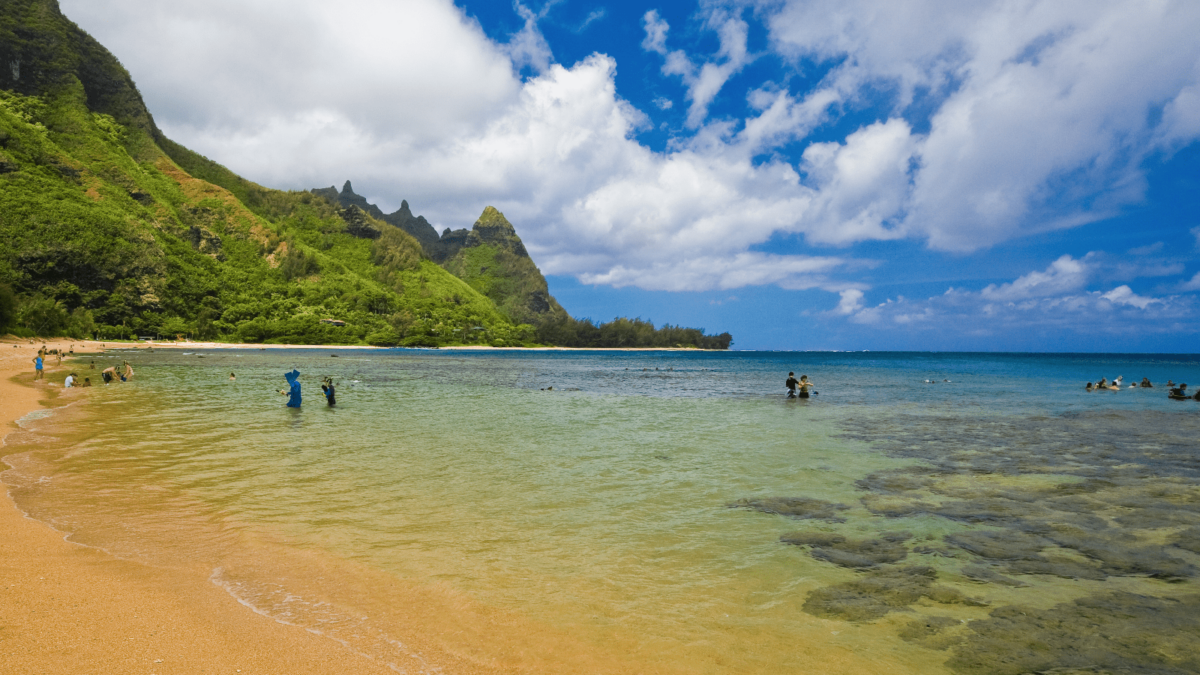
“Tunnels” (Makua) Beach: On the east end of the county’s Haena Beach Park (not the similarly named Haena State Park) this reef-lined beach earned its English nickname from the many underwater lava tubes and is popular with snorkelers and surfers, when conditions are right.
Although you do not need a parking or entry permit to visit Tunnels, parking is very limited. Plan to park or, better yet, take the North Shore Shuttle to Haena Beach — which lies across from Maniniholo Dry Cave, a dramatic opening into the hillside best explored with a flashlight — and walk east to Tunnels. The shuttle pass ($35 round-trip) includes entry into Haena State Park, if you decide you want to continue on to Kee Beach afterward; passes go on sale 30 days in advance on gohaena.com, and sell out slightly slower than the fast-disappearing parking passes.
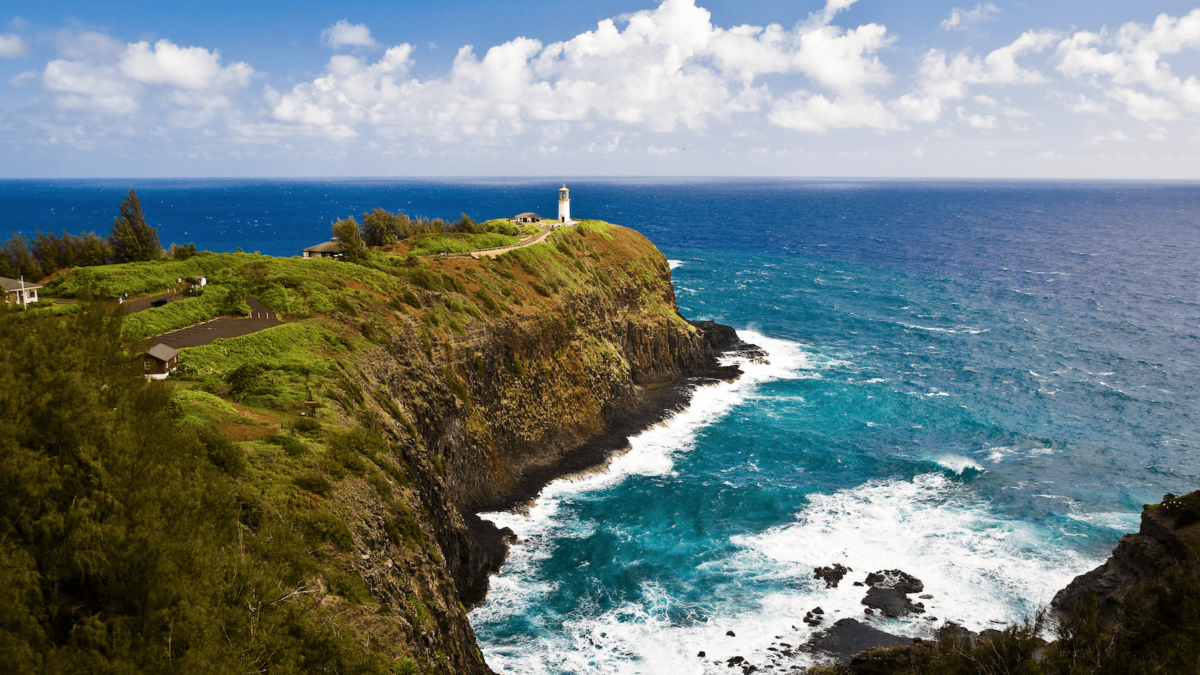
Kilauea Point and Lighthouse: The scenic promontory and cove of Kilauea Point National Wildlife Refuge, home to the red-capped, 52-foot-tall Daniel K. Inouye Kilauea Point Lighthouse, provides feeding and nesting habits for indigenous and migratory birds, as well as a gorgeous backdrop for whale-watching in winter. Entry for ages 16 and older costs $10 and is currently by timed reservation only, available through recreation.gov 60 days in advance. Booking early in peak vacation periods is advised, since the area is only open from 10am to 4pm Thursday through Saturday.
Note: Making the online reservation costs $1, even for national pass holders, who don’t have to pay the entry fee. You do not need to make a reservation or pay for those 15 and younger. Avid bird watchers will want to bring binoculars, and a light rain jacket can help on windy as well as wet days.
East Side
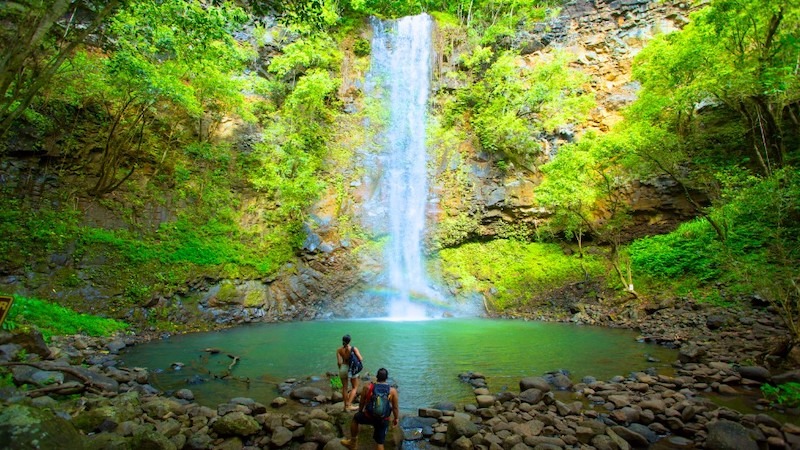
“Secret Falls” / Uluwehi Falls: Viewing this 120-foot waterfall in the lush rainforest along the Wailua River requires kayaking for about 45 minutes and hiking an often muddy, slippery trail for another 30 minutes, including a river crossing. You can rent your own kayak, but several kayak companies offer guided tours lasting 4.5 to 5 hours; it’s worth going with them to locate the trail more easily, learn about the area’s wildlife and legends along the way, and enjoy a picnic lunch. Tours are now only allowed on weekdays, so plan ahead when booking.
Wear a bathing suit, closed-toe shoes that can get wet and offer traction on the trail, a hat and sunglasses, and consider bringing a walking stick if you’re not especially fit. Mosquitoes can surface on the trail, so pack bug repellent as well as reef-safe sunscreen. Be aware that swimming in the pool in front of the waterfall can be hazardous due to falling rocks.
West Side
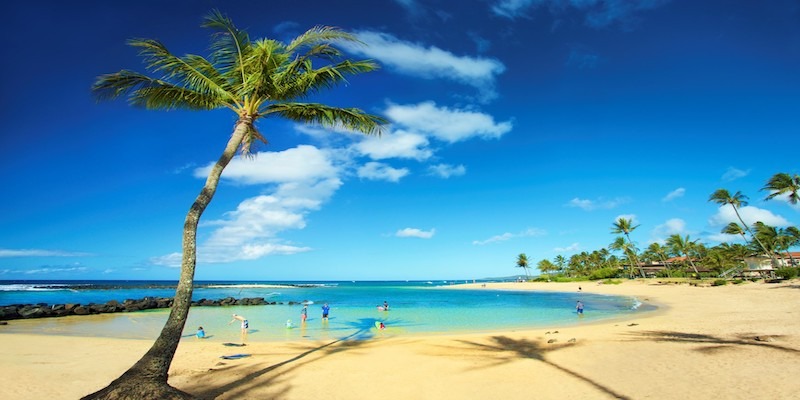
Poipu Beach Park: Typically ideal for swimming when winter swells are hammering North Shore beaches, Poipu Beach Park bustles with visitors throughout the year — including the occasional Hawaiian monk seal and honu (green sea turtle). Whether you spy them in the ocean or see them basking on the sand, be sure to malama these endangered wildlife by keeping a safe distance away.
Federal guidelines recommend staying 50 feet away from Hawaiian monk seals (150 feet if a mother seal is with a pup) and 10 feet from green sea turtles. Approaching, touching or otherwise harassing them can incur hefty fines. Federal law also prohibits swimming with spinner dolphins — often seen along the South Shore — or remaining within 50 yards of them. Boaters, kayakers and swimmers also need to give humpback whales a wide berth: It’s against the law to approach them within 100 yards.
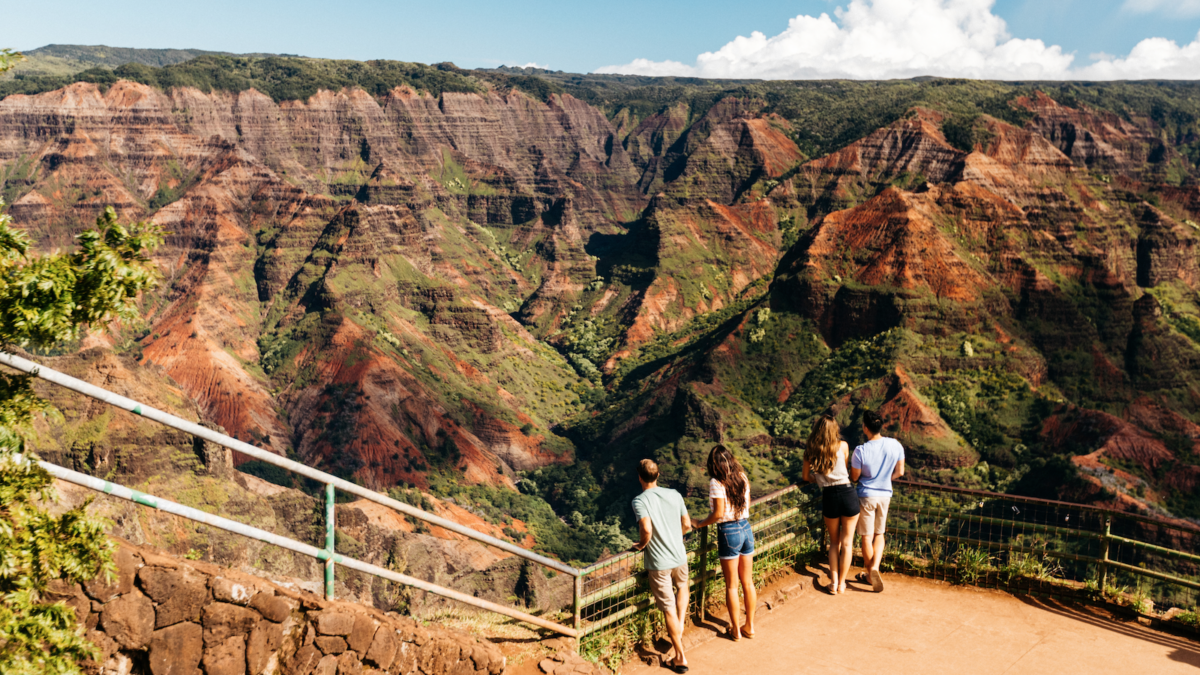
Waimea Canyon and Kokee state parks: Drive up the long, winding road from Waimea to ogle the red-hued gorge dubbed the Grand Canyon of the Pacific, a state park with hiking trails and eye-popping overlooks. Then continue on the road to the cool and often misty groves and trails of Kokee State Park, which offers equally impressive overlooks of the deep cleft known as Kalalau Valley and the bright blue sea.
Visitors ages 4 and older pay a $5 entry fee plus a $10 parking fee per vehicle; you only need to pay once to visit both parks. No reservations are required — just purchase permits at parking pay stations. Be prepared for sun or rain, wind, and chilly temperatures at night or in winter, particularly in Kokee. Kokee Lodge offers food and drink, as well as rents cabins, but confirm hours of operation and plan to bring water and a few snacks.
Looking for more travel inspo?
Follow us on Instagram @localgetaways_hi!

